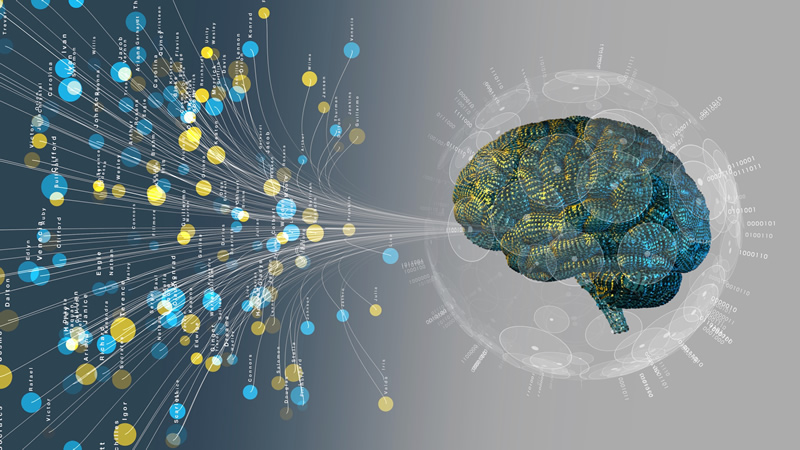In recent years, the field of artificial intelligence has witnessed significant advancements, particularly in the development of large-scale models designed for various applications. Among these, two prominent categories are Large Learning Models and Large Language Models, both referred to as LLMs. In the context translation agencies like TrueLanguage and Powerling, understanding the nuances and differences between these models is crucial for making informed decisions about incorporating AI-driven technologies into language translation processes.
Large Learning Models
Large Learning Models, as a broad category, encompass a range of AI models designed for diverse tasks beyond natural language processing. These models are characterized by their capacity to handle massive datasets and complex computations. In the context of translation agencies, LLMs may include models designed for image recognition, speech-to-text conversion, and other non-linguistic tasks.
These tasks include:
1. Image Recognition: One of the key applications of Large Learning Models in translation agencies is image recognition. LLMs can be trained to recognize and interpret visual content, facilitating the integration of images with textual translation. For example, a translation agency might leverage LLMs to translate text embedded in images, enhancing the overall efficiency of the translation process.
2. Multimodal Translation: Large Learning Models can support translation agencies in addressing multimodal content, where both textual and non-textual elements coexist. This capability allows translation services to extend beyond traditional text-based translation and cater to a broader range of content types, such as videos, images, and presentations.
Large Language Models
On the other hand, Large Language Models specifically focus on natural language processing tasks. These models, often pre-trained on vast linguistic datasets, excel in understanding and generating human-like text. In the translation domain, they play an important role in automating some aspects of language translation and applying basic linguistic nuances.
Applications include:
1. Neural Machine Translation (NMT): Large Language Models are widely employed in Neural Machine Translation, a technology that has revolutionized the translation industry. These models can learn contextual relationships between words and phrases, enabling more accurate and context-aware translations. Translation agencies often integrate NMT models to enhance the quality and fluency of translated content.
2. Contextual Understanding: Large Language Models are making strides in contextual understanding, allowing them to capture the subtleties of language, idioms, and cultural nuances. This is particularly valuable for translation agencies dealing with content that requires a deep understanding of context, such as marketing materials, legal documents, and creative writing.
In the rapidly changing field of AI-driven language technologies, translation agencies can benefit from an in-depth understanding of both Large Learning Models and Large Language Models. While Large Learning Models offer versatility in handling diverse tasks, Large Language Models specifically tailored for language processing bring a focused and sophisticated approach to translation services. Striking the right balance between these models can empower translation agencies to deliver high-quality, contextually accurate translations in an increasingly multilingual and multimedia world.


